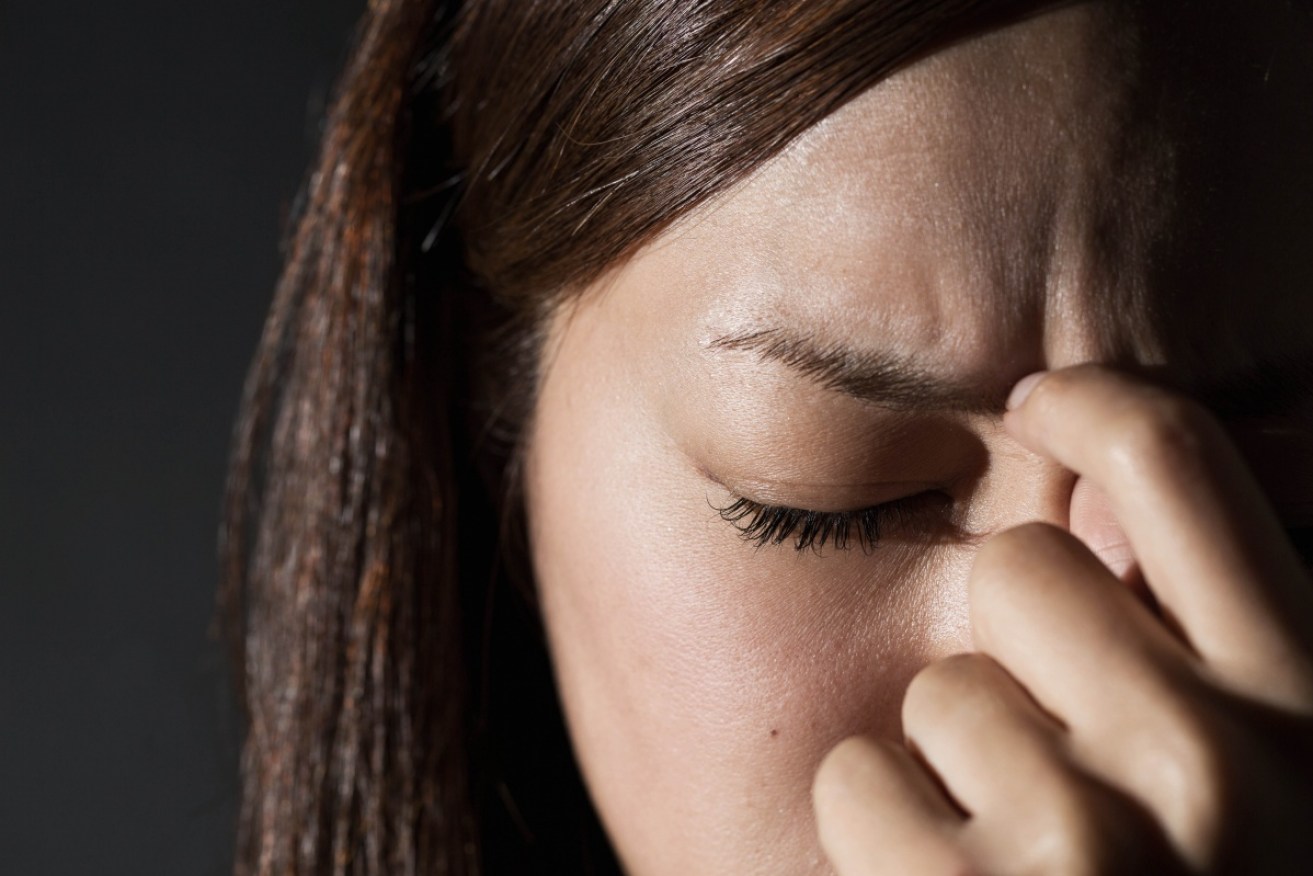‘Anxiety brain cells’ discovery creates hope for new treatment


The discovery of ‘anxiety cells’ has presented fresh hope to better treat anxiety disorder. Photo: Getty
New research has found that certain brain cells control changes in anxiety levels, which experts are optimistic could lead towards better treatments for the two million Australians suffering from anxiety disorder.
The US study, published in the science journal Neuron, revealed that the source of anxious behaviour in mice could be turned on and off by targeting certain brain cells in the hippocampus – the brain region involved in regulating emotions.
Scientists were able to switch off the cells in situations where the mice would otherwise feel anxious – such as being on an elevated platform or being exposed to predators – and prevent them from eliciting the anxious response of avoiding the dangerous area or fleeing to a safe zone.
While other aspects of the brain play a role in anxiety, these “anxiety cells” are the first known to represent the state of anxiety, regardless of the type of environment that provokes the emotion.

The hippocampus plays a role in memory, navigation and regulating emotions. Photo: Getty
Dr Rene Hen, one of the study’s leading researchers, said the findings opened up the opportunity to consider new treatment ideas for anxiety.
“We’re looking to see if these cells are different molecularly from other neurons,” Dr Hen said.
“If there’s a specific receptor on the cells that distinguishes them from their neighbours, it may be possible to produce a new drug to reduce anxiety.”
Dr David Mor, a neuroanatomy lecturer at University of Sydney, told The New Daily he was impressed by the “stand-out” study.
He said it showed a clear causal relationship with “promising potential”.
“Anxiety is an important protective mechanism when there is a risk and we need our body to react to protect ourselves. But it becomes a problem when the response is excessive when there is no threat there,” Dr Mor said.
“General anxiety disorder relates to a heightened baseline level response that is not necessarily related to a specific cause.
“The study has revealed something new about the communication pathway between the hippocampus and the hypothalamus, which is involved with the physical expression of fear such as increased heart rate, breathing and blood supply.
“It’s a significant step in understanding how anxiety disorder might be caused by abnormal activity in the brain.”
Hope for future anxiety treatment
Dr Patrick Clarke, a psychology lecturer at Curtin University, said the research did not reveal whether the same kind of cells are also linked to ‘learned fear’ as distinct from ‘innate fear’.
“If the answer is ‘yes’, it highlights the possibility of creating drugs to selectively bind to these cells and reduce their activity if they’re reacting excessively,” he told The New Daily.
“These studies are on mice, so it’s yet to be seen whether this will be replicated with people as well. But based on previous research, I think the likelihood is quite high.
“It will be interesting to see whether these findings could also be generalised to other mood-related disorders, such as depression. It’s a piece of knowledge for a much bigger overall puzzle.
“It opens up a really exciting new area of research.”








